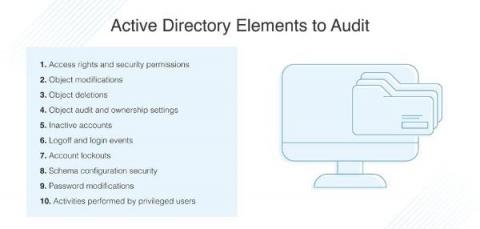Give Monitoring a Shot
If you hang out around a particular segment of the SolarWinds® crowd, you’re likely to hear the story of how monitoring helped one former Head Geek™ score front row tickets to Aerosmith. This is not that story. This story was, however, inspired by that story. The original story involved the aforementioned Head Geek, Destiny Bertucci, using SolarWinds Web Performance Monitor (WPM) to monitor the ticket sales website.











